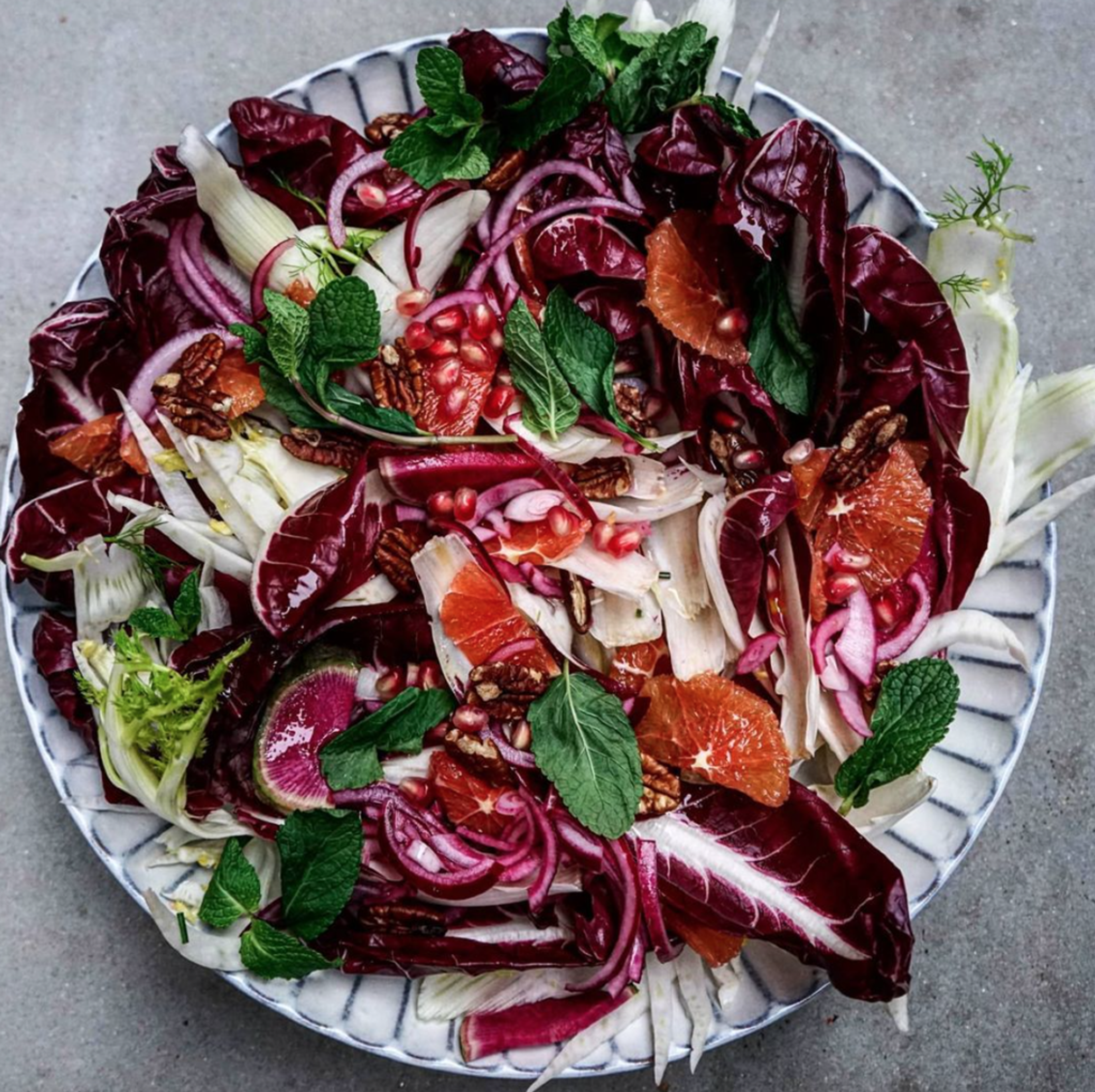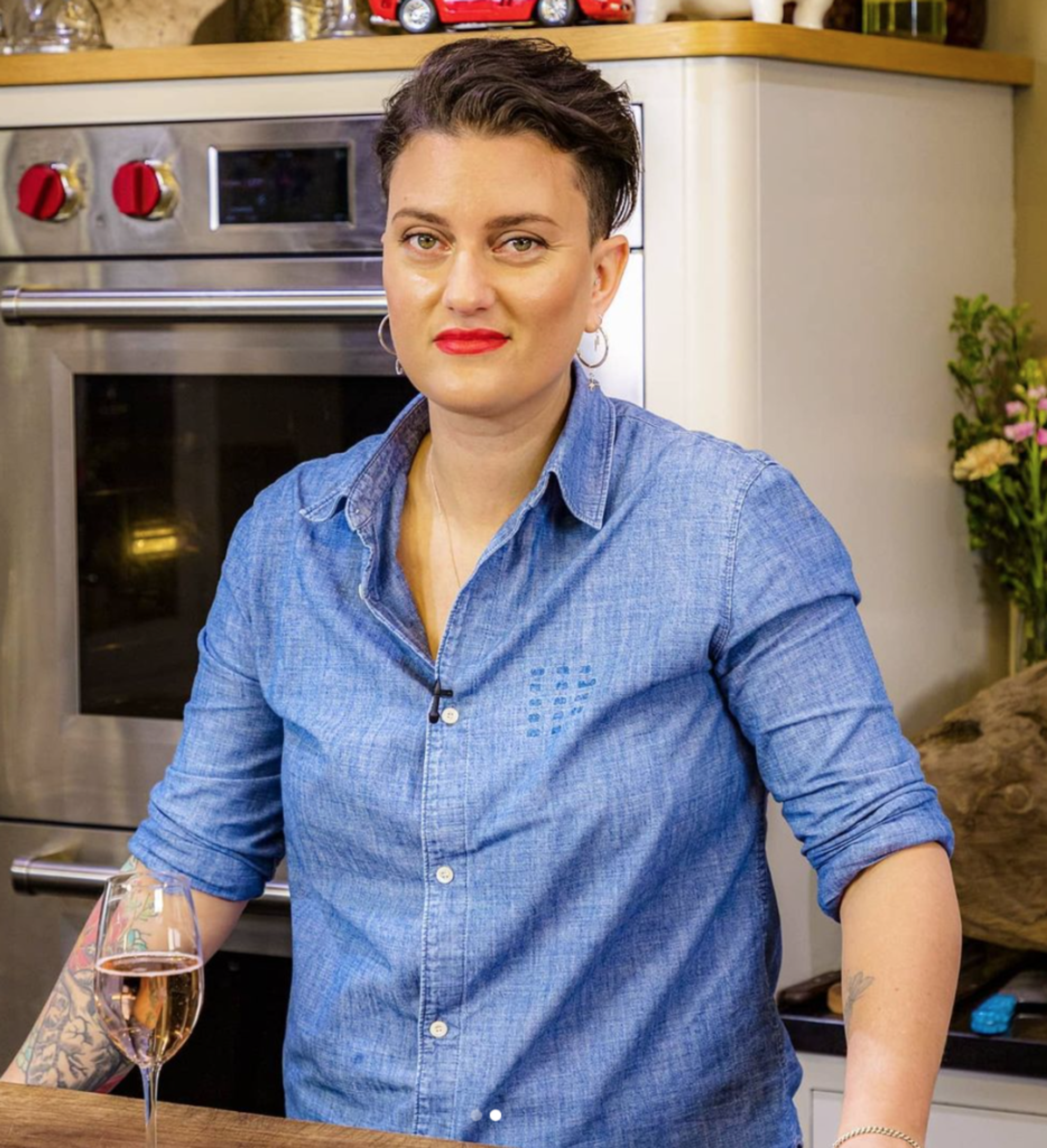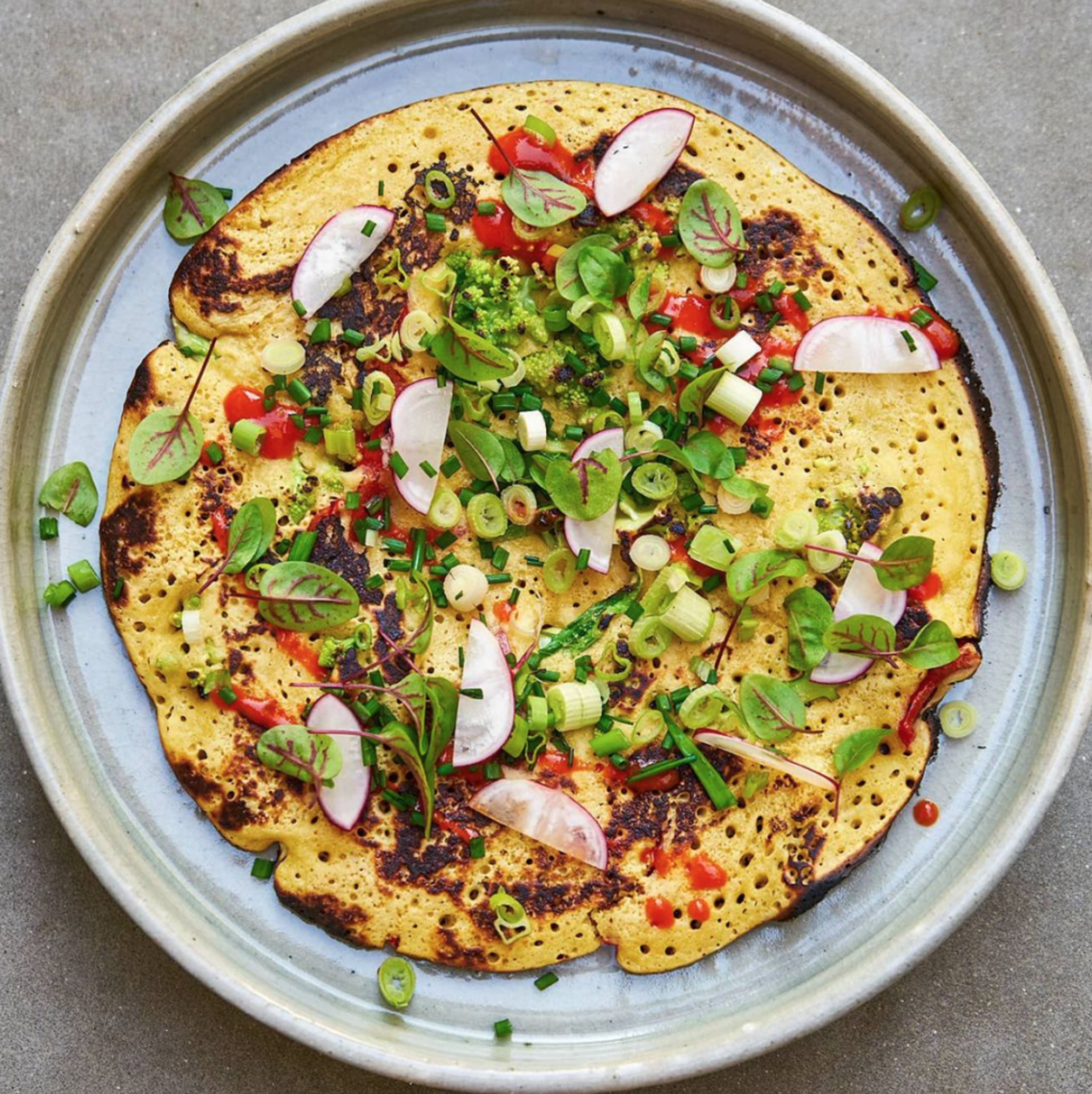
If you’re a lover of a plant-based lifestyle then you may well know about the utterly scrumptious recipes rustled up by Bettina’s Kitchen. After running health retreats in Spain, and finding sensational and colourful produce down at the local markets, Bettina began to delve into plant-based cooking and was a pioneering force behind its popularity. Fast-forward a fair amount of years later, and she’s become an Instagram sensation with a band of loyal followers and a feed packed with intriguing, unique and moreish recipes.
For Bettina, cooking fast became a way for her to inspire people to include and cook with daunting ingredients, and there’s no denying food is her lifelong passion. Bettina spoke to House of Coco about how her desire to cook plant-based, the misconceptions surrounding this way of life, and some of her favourite, must-try recipes.
Tell us about Bettina’s Kitchen?
Bettina’s Kitchen – the blog and the Instagram channel – has been around for, I’d like to say, six years now. I used to live in Spain, and I’ve lived in London for over three years now, and Bettina’s Kitchen was born because I started out doing lots of retreat cheffing. I organised, ran and cooked on my own retreat and on other people’s retreats and cooked plant-based and free-from food, before it became a thing.
It sort of took off. Instagram had this era of two to three years where it just boomed, so I think I was at the right time at the right place within the right food genre, and it just really, really took off.

How did you get into plant-based cooking?
When I started running wellness retreats it was really popular to do juice detoxes and boot camps. We got into the mindset that we wanted people to eat and drink on our retreat but be as healthy as possible. It naturally fell under the plant-based and free-from genre. I re-trained myself and started cooking plant based and started looking at lots of cookbooks.
Living in South of Spain I had access to amazing produce and famers markets, so I would just go to the market and see what was available and what was in season, and that would be my colour palette for the retreat that I was cooking on.
You’re not plant-based yourself, is that correct?
The thing is, I don’t like labelling things. I would say I’m predominantly plant-based but I wouldn’t call myself vegan.
However, it is the genre that I cook under so I don’t cook with any animal-based products. I’m really passionate about seasonality and local produce and want to include that as much as possible in my cooking. I think that’s more of an important label or flag to hold high rather than labelling things vegan. Not everything that’s vegan is healthy, or good for you.
Do you think plant-based sacrifices flavour?
I think it completely depends on what you eat. You could say the same for people who are omnivores. Not everything animal-based is tasty or has flavour, so I definitely think it depends on your cooking technique. Texture is really important and including different layers onto your plate.
Have something crunchy which gives you instant gratification and adding a dollop or a drizzle of something definitely adds another layer. Roasting things so you get the natural sweetness and charred flavours is great too. Barbecuing is another great technique and I think we’re not used to making veggies the hero ingredient on our plate. They’re always considered a side. They never get the attention they deserve but when you give them that attention I think you can create amazing flavours.

How has Instagram helped build your brand?
It’s helped massively. It’s almost like a diary because I’ve probably posted every day for the last five to six years. It’s really nice to be able to go back and see what you’ve done and what’s happened. There are loads of opportunities and you meet lots of people.
I’ve made some really good friends and the food community is amazing and supportive and definitely job opportunities have come through Instagram. It’s part of what I do.
What are some of your favourite plant-based dishes?
My chickpea omelette is a basic recipe but it’s so versatile because you can use it for so many things. You can use the batter as a quiche filling, you can use it as an omelette then fill it with different things. You can use it as a frittata base. It’s a combination of chickpea flower, which is a very undervalue flour and it’s great because it contains lots of protein. You mix a bit of bicarbonate of soda, chickpea flour and apple cider vinegar and it gives it that spongey flavour and texture which you want from an omelette.

There’s a non-meatball recipe from Happy Food too, my first cookbook, and it’s a really versatile recipe that has all the sort of desired texture which you’d want from a meatball that’s not a meatball. You can make little meatballs, or into burgers. It’s super versatile. There’s another one; pumpkin seed pesto, which I make on a weekly basis still. It’s something I keep in the fridge; I make a batch of it and it keeps for weeks as long as you cover it in olive oil. It’s great on pasta, it’s great on a piece of toast with sliced tomatoes on top.You can make salad dressings with it and it’s also nut free so for anyone who has nut allergies and hasn’t had pesto for a while it’s a great alternative.
Where are some of your favourite plant-based restaurants?
There’s a place in Hackney called Dark Arts Cafe and they do the best brunches. There’s another restaurant called Fallow, where they do amazing plant-based dishes but also omnivore dishes and everything is super well-sourced and it’s really delicious. Then there’s the classics like Mildreds.


Comments are closed.